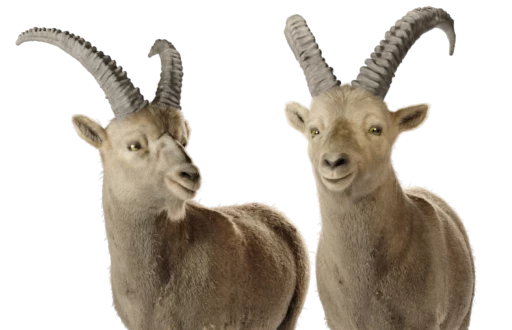Graubünden is breathing easy. Graubünden is enjoyment. Graubünden means holiday. And this has been the case for eons. But new digital technologies, the growing threat of climate change and changing visitor needs beg the question: what will holidays in Graubünden look like in the future?
The tourism industry is in upheaval. And students in Graubünden are also actively working together with tourism experts on new ways to shape the future of tourism.
Culinary storytelling and data-driven guest management
One attempt to use technology creatively in the food and beverage sector is the “Elysium” – a multi-sensory restaurant where students from the EHL Swiss School of Tourism & Hospitality in Passugg learn to combine gourmet cuisine with animations, projections, sound and scent effects to create extraordinary dining experiences. But how do you learn about experience-based tourism? In the new subject “Affective Hospitality”, students of the School of Tourism & Hospitality are taught the necessary skills to become creators of experiences.
From augmented reality hiking guides to robotic assistants, new digital technologies are helping analogue Graubünden experiences to reach new heights. Data have also recently been used to estimate guest capacity in Graubünden. By using intelligent data collection and customer behaviour analysis, destinations can predict over- or under-capacity at certain points in time at different locations. This way, experiences that do not work can be cancelled and new tourism offers can be developed, tailored to travellers’ various needs.
Can a holiday resort be climate-neutral?
In addition to digital technologies and guests hungry for experience, one factor, in particular, is shaping the tourism industry right now: climate change. Every year, more than two million national and international tourists head to Graubünden to indulge in mountain sports.
As temperatures rise, the fauna and flora of the mountain world have to keep climbing, too. The CERC research centre at the SLF in Davos combines top international research with regional knowledge and investigates topics such as how mountain habitats are changing. The CERC also enables avalanches to be automatically visualised on satellite images in order to identify the areas where they repeatedly occur, where they happen and which path they take.
Besides this, a research group at the University of Applied Sciences of the Grisons is developing large-scale and water-permeable textile strips that can be used on sliding snow slopes in winter to release the accumulated snow in controllable quantities. In contrast to the traditional wooden blocks, these “geobuilding materials” are removable, so that the meadows in question can also be used for agriculture in the summer months.
With an art exhibition about “Glacial Melting”, students of the Advanced Vocational School of Tourism (HFT), scientists and glaciologists are showing that science and art can be a communication channel for raising awareness on the ground. For as beautiful as they are, holidays are a burden on the climate. The holiday destination of Davos has, therefore, set itself the ambitious goal of becoming the first climate-neutral tourist resort in Switzerland by 2030. How is that going to work? If a customer or guest decides to book a climate-neutral overnight stay or make an equally climate-neutral purchase, they pay a certain amount and the company contributes the same amount to a fund that supports various regional and international climate projects. This will reduce greenhouse gases in Davos and offset CO2. As the pioneering project shows: sustainable change happens when guests and hosts work together.

